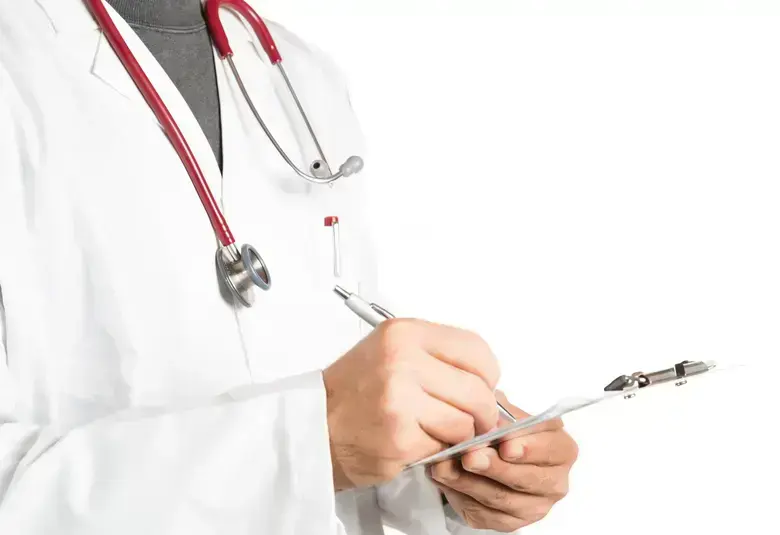Depression is an invisible illness. One cannot see it, but it is in every bone and muscle of the sufferers and weigh heavily in their heart and mind. Its symptomatology is mostly subjective and may depend on the willingness of the person to share. Furthermore, the diagnosis frustratingly lacks specific confirmatory markers. Providentially, it is treatable and for a significant proportion of those afflicted by it, they do recover. This has occurred either spontaneously or in many who sought treatment, through antidepressant treatment and/or psychotherapy.
Antidepressants were first discovered in 1950’s, which set the neurochemistry basis of depression i.e. the modulation of monoaminergic neurotransmission. This remains the main mechanism of many antidepressants that were subsequently introduced; which encompass first and second generations of antidepressants: tricyclics (TCAs), monoamine oxidase inhibitors (MAOIs) and selective serotonin reuptake inhibitors (SSRIs). Naturally and evidently, the complexity of depression entails a wide pathophysiology beyond monoamine imbalance. Subsequently, third generations of antidepressants were developed which act on various mechanisms not limited to serotonin reuptake inhibition including serotonin noradrenaline reuptake inhibitors (SNRIs), noradrenergic and specific serotonergic antidepressants, melatonergic agonist and serotonergic antagonist, multimodal serotonin modulator and noradrenaline/dopamine-reuptake inhibitor (Olver et al; 2012).
20 to 30% of people with clinical depression did not respond adequately to the usual recommended dose of antidepressant
However, the fact remains that about 20 to 30% of people with clinical depression did not respond adequately to the usual recommended dose of antidepressant and 15% may persist a chronic course (Ministry of Health, Malaysia; 2007). For those who had been on adequate trial of two or more types of antidepressants prescribed consecutively, they are generally classified as having treatment resistant depression (TRD). Nevertheless, the concept and definition of TRD remains debatable and lacks consensus (Kennedy et al.;2016). A main contention is that it is conceptually restrictive to symptoms response and not in consideration of aetiology, specific subtypes, functionality, and co-morbidity. Interestingly, while almost all treatment guidelines recommend psychosocial interventions including psychotherapy for all severity of depression, there is limited evidence of psychotherapy for TRD (Malaysian Clinical Practice Guidelines, 2019). Moreover, discussion on TRD is usually centered on inadequate response to pharmacotherapy. The definition of TRD itself does not consider response to psychotherapeutic approaches as they are mostly viewed as adjunctive therapy despite its importance. Nevertheless, psychotherapy is evidently effective when used in combination with pharmacotherapy in moderate to severe cases of depression. Putting all these together, the term inadequate response to treatment perhaps reflects the clinical conundrum more accurately and better guides subsequent treatment approach.
The term inadequate response to treatment perhaps reflects the clinical conundrum more accurately and better guides subsequent treatment approach.
Clinicians usually approach those who did not respond well to the first line antidepressant treatment by considering a few questions. Firstly, is whether they have derived to the right diagnosis or missing other causes of the illness that mimics depression such as bipolar disorder and organic disorders. It would require them to pay attention to whether there are features of the clinical presentation that is atypical of depression. This includes its symptomatology including presence of psychosis and hypomania, acute in onset, age of onset i.e. over forty and presence of risk factors that is suggestive of organic causes, for instance. Another important consideration is the presence of co-morbidity or co-occurrence of either organic or psychiatric disorders. For the former, further investigations including blood and cerebrospinal fluid septic work-up, and/or radiological such as computed tomography or magnetic resonance of the brain is usually warranted.
For those with co-morbid psychiatric disorders, presence of personality disorder may complicate treatment of depression. Personality disorder may interfere with the person’s coping and adaptability despite the improvement in depressive symptoms with antidepressant. Another co-morbidity is substance use disorder that may serve as a coping mechanism for depression. In both scenarios, treatment may seem ineffective if the other condition is not tackled as well. Unaddressed or chronic, ongoing psychosocial problem(s) may present as obstacle to treatment of depression. A common problem among those so-called non-responders is treatment non-adherence. In these cases, patients need to be engaged through various psychotherapeutic approaches and may benefit from specific psychotherapy.
If there is no further doubt regarding the diagnosis of depression and factors like non-compliance, the treatment algorithm follows a selection of options including 1. optimization (i.e. titration of antidepressant to the standard maximum dose for adequate duration between 6 and 12 weeks) and 2. switching to another type of antidepressant (usually any of the second generations of antidepressant like venlafaxine, mirtazapine and bupropion or third generations like vortioxetine) 3. combination i.e. combining two antidepressants or more or other combinations of psychotropic medications including benzodiazepines and 4. augmentation (usually with atypical antipsychotics eg. aripiprazole or mood stabilizers eg. lithium or anti-epileptics eg. lamotrigine). (Malaysian Clinical Practice Guidelines, 2019).
In the recent years, there is increased in the number of options for the augmentation strategy with the introduction of newer treatment such as brexpiprazole and esketamine. Brexpiprazole is a novel serotonin-dopamine activity modulator as a dopamine D2 and serotonin 5-HT1A partial agonist (Chaet al.; 2019). A systematic review and meta-analysis by Kishi et al. (2019) demonstrated the efficacy of brexpiprazole in treating major depressive disorder as an adjunctive therapy to antidepressant treatment in inadequate responders to antidepressant alone. It exerts its antidepressant effect theoretically through potent antagonistic effect on 5-HT2A and alpha-adrenergic receptors. Its other advantage is that it has better tolerability profile compared to aripiprazole which is generally attributed to its higher affinity for 5-HT1A and 5-HT2A receptors and lower intrinsic activity at D2 receptors (Stahl et al. 2016). On the other hand, glutamatergic transmission imbalance has been implicated in depression which led to the development of esketamine (Duman et al; 2016). It is an NMDA receptor antagonist administered as an intranasal formulation which works by modulating glutamatergic transmission. It offers a rapid symptoms reduction and improvement of suicidal thought up within 24 hours of its administration (Canuso et al; 2018).
Beside pharmacotherapy and psychotherapy, physical treatment is often considered for second line treatment. This includes electroconvulsive therapy (ECT), repetitive transcranial magnetic stimulation (rTMS) and transcranial direct current stimulation (tDCS). Of these, ECT is the most established physical therapy used for augmentation strategy even after pharmacotherapy has been optimized. Depression with melancholic, catatonic, or psychotic features, are the first-line indications for ECT for its associated fast response. Nevertheless, inadequate response to antidepressant is still the commonest rationale for initiation ECT (Baghai&Möller, 2008). Augmentation with ECT enhances response rates considerably particularly in depression with psychotic features (Baghai&Möller, 2008).
The newer discoveries in pharmacotherapy give hope in solving inadequate response to antidepressant by increasing treatment repertoire
As obstinate as the problem of inadequate response is, the goal remains to reduce the proportion who responds inadequately. Clinical depression often runs a complex, dynamic course that relies on the interaction of multiple intrinsic and external factors reflecting its multifaceted aetiology. Treatment strategies based on individual profiling of the patients through formulating one’s vulnerability and resilience, match to the available treatment options may alter the natural history of the illness to self-limiting and functional recovery. The newer discoveries in pharmacotherapy give hope in solving inadequate response to antidepressant by increasing treatment repertoire. This means more treatment options before we even termed this as treatment resistant.




